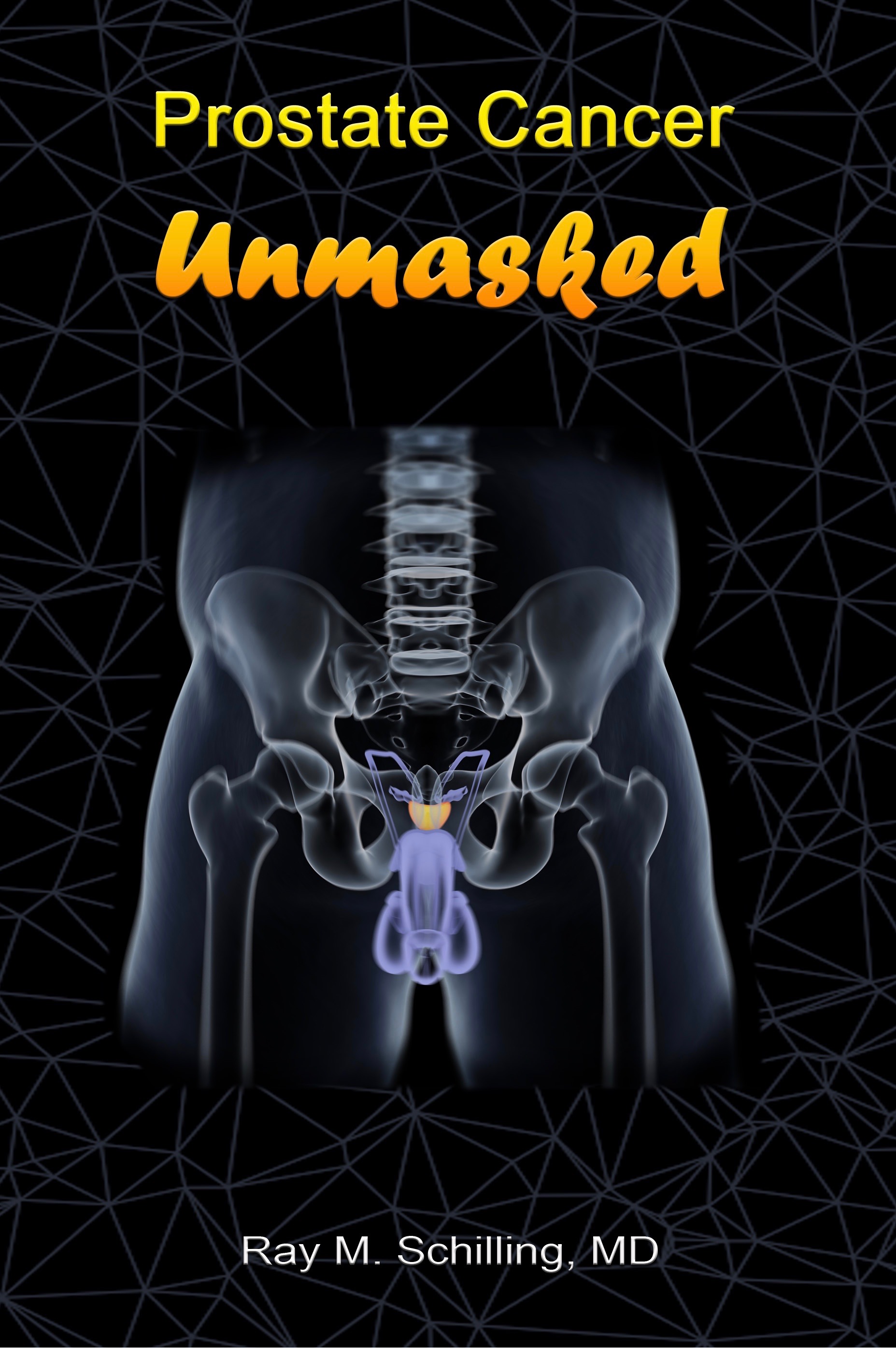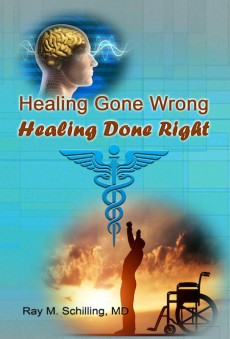One of the first symptoms of testicular cancer is usually a painless hard lump in one of the testicles, which is detected by the patient or the sexual partner.
There might be a feeling of heaviness or a dull, achy sensation in the lower abdomen on the same side as the mass or in the scrotum of the affected side.
In 10% of patients there is an acute testicular pain. Another 10% have symptoms from metastases such as acute lower back pain, gastrointestinal symptoms, lung problems or a neck mass.
In about 5% there might be swelling of the breast (= gynecomastia). The physician will examine the patient and look whether the testicle is moving freely within the scrotum on palpation.
Any hard mass or fixed area is suspicious. If in doubt about the structure, an ultrasonography examination should be ordered as this will help to rule out other medical conditions such as a hydrocele or epididymitis and confirm a testicular mass that is likely cancerous.
References:
1. Cancer: Principles &Practice of Oncology.4th edition. Edited by Vincent T. DeVita, Jr. et al. Lippincott, Philadelphia,PA, 1993. Chapter on Cancer of the Testis.
2. Cancer: Principles&Practice of Oncology. 5th edition, volume 1. Edited by Vincent T. DeVita, Jr. et al. Lippincott-Raven Publ., Philadelphia,PA, 1997. Chapter on Cancer of the Testis.
3. Votrin II et al. Drugs Exp Clin Res 2000;26(5-6):267-273.
4. B Aschhoff Drugs Exp Clin Res 2000;26(5-6):249-252.
5. Conn’s Current Therapy 2004, 56th ed., Copyright © 2004 Elsevier
6. Ferri: Ferri’s Clinical Advisor: Instant Diagnosis and Treatment, 2004 ed., Copyright © 2004 Mosby, Inc






